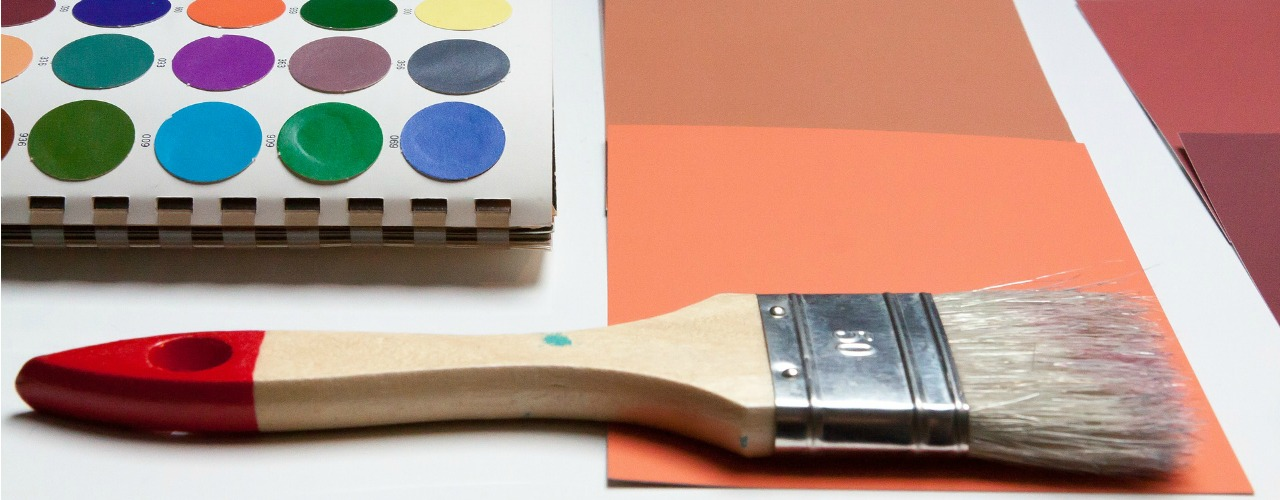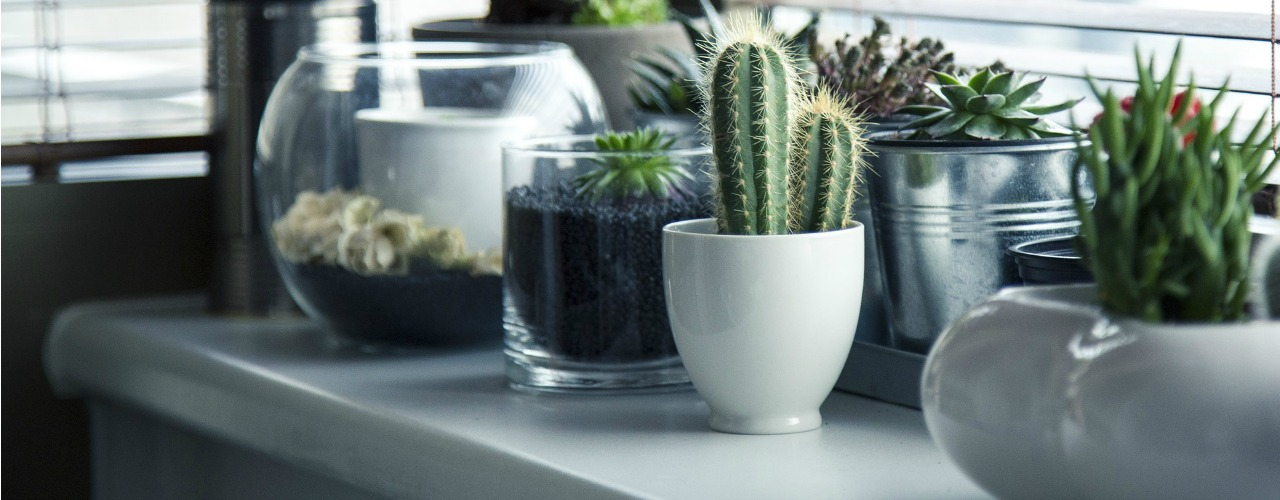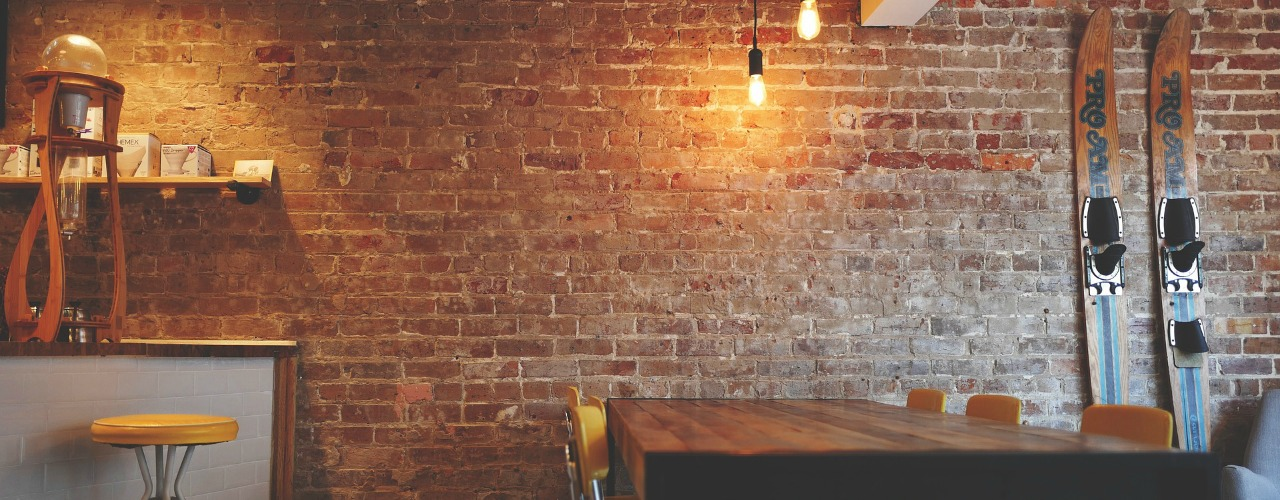Design Trends for 2018

The New Year is almost here. And it’s time to look at some design trends that will define 2018.
We never have to look far for trends, do we? We just have to look at our own lives and that of those playing around us. What happens to us, as a collective, is what the design will complement as well.
So who are we as a collective? We are busy. We are tech focused, rather obsessed. We are confused, about the transformations in society, politics, economy. We are going through some intense emotions. There is a need to band together more, be more of a community. These are some of the trends we see at DKHardware.
And you will see some of these being addressed by design. Here are some ways that will pan out.
Colors for pause, colors for intensity

If the year will see more of busy-ness in our lives, we will need tranquility, pause and mindfulness in our interior spaces. So the default cocoon spaces will see muted greens, cool blues, gold and tan. And for the accent, a touch of deep blue or olive brown, a sprinkle of red, a dash of orange will work. Behr’s color of the year is a cool, tranquil blue, which they call In the Moment. Sherwin Williams also has chosen blue for its color of the year, but it’s a rich blue with a jewel-toned green. They call it Oceanside.
But Benjamin Moore has taken the intensity bit of our emotions and unveiled a powerful red, Caliente, as their pick for 2018. It is the accent color that hints at assuredness, power, warmth. All emotions we need as we traverse a year that promises to be packed with ups and downs.
One of the key impact one sees of color is in hotel interiors. With a growing number of millennials seeking Airbnb-like experiences, it is becoming a challenge for hotels to cater to and engage this generation. So many hotels are in renovation mode to bring colors, local art and more to serve the city/town’s uniqueness right at the place of stay.
Biophilic design

As we get more and more tech enabled, more tech supported, the glimpse of nature in some way or the other brings us some pause and relief. That’s why living vertical gardens are all the rage now.
The biophilia philosophy is being adopted in public spaces, especially in hotels. The concept revolves around bringing nature into the built environment experience. This could be in direct or indirect ways. It also working with local, natural materials keeping sustainability in view. And of course having rooms and common spaces overlooking nature. In fact a report from Terrapin Bright Green says that guests spend 36% more time in lobbies that have biophilic elements. And they are willing to pay more for a room with a view too. Hotels charge 11-18% more for a room with a view to water. So it also makes business sense to go biophilic.
A sense of connection

The banding together of the like minded, and the organic growth of tribes across the world are clears indicator that people are looking to build connections on common ground: work, art, spirituality, tech, and so on. At the core of it is all is the need for warmth and human connection. We have already been seeing this happening in traditionally cold businesses like banks, who have been reinventing their interiors to look and feel like cafes.
As more people prefer to turn remote workers, be digital nomads, and not be confined by limiting jobs and workplaces, a new kind of space is being created to welcome their need to connect. Spaces that were traditionally considered purely functional are being replaced by openness to induce conversations and forge connections. Hotel business centers are giving way to be redesigned as co-working spaces. And the concept of hostels is getting reinvented to a more premium concept of co-living spaces.
Make sure to check out our top products from the year for all your DIY and construction needs.